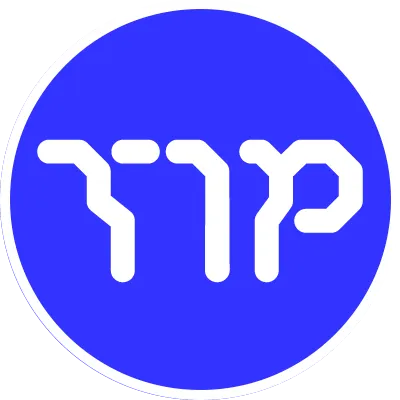Overview
We designed and built Pilgrim Protocol on Ethereum. It allows anyone to create and trade an NFT-backed derivative position that doesn’t require liquidity.
We sunsetted the project and fully compensated token holders in USDC.
Objectives
•
Build teamwork by completing the first project.
•
Design and implement Virtual AMM for the following objectives -
◦
Allow NFT holders to create an NFT-backed liquidity pool.
▪
The pool mints and swaps NFT-backed derivative positions.
▪
Error margin should be low for swaps though the pool has no liquidity.
◦
Allows anyone to buy the NFT-backed derivative positions.
•
Implement DApp for the protocol.
What we did
•
•
•
We sunsetted the project and fully compensated token holders for the losses in USDC.
Sunset story
In May, we decided to sunset the project.
In August, we announced a compensation and sunset plan to the community. The plan was to fully compensate for the losses in USDC by investing in Pilgrim tokens. Our goal was to own up 100% for the loss caused by our decisions.
We sunsetted the protocol because we figured building a financial product was not ours while operating the protocol. Building Pilgrim was intellectually interesting, yet we were unaware of the heavy responsibility of operating financial instruments. Thus, after immature operations, we concluded that it’s hurting the community’s interest if we aren’t double down on building a financial product. To be honest, we were naive when we started to build Pilgrim.
Instead, as we learned more about the blockchain through building Pilgrim, we became interested in the foundational problems of the blockchain. Especially infrastructure was our first interest because of our background in B2B SaaS. As we figured scaling Ethereum is the key to next-generation computing, we decided to research Layer 2 since then.

